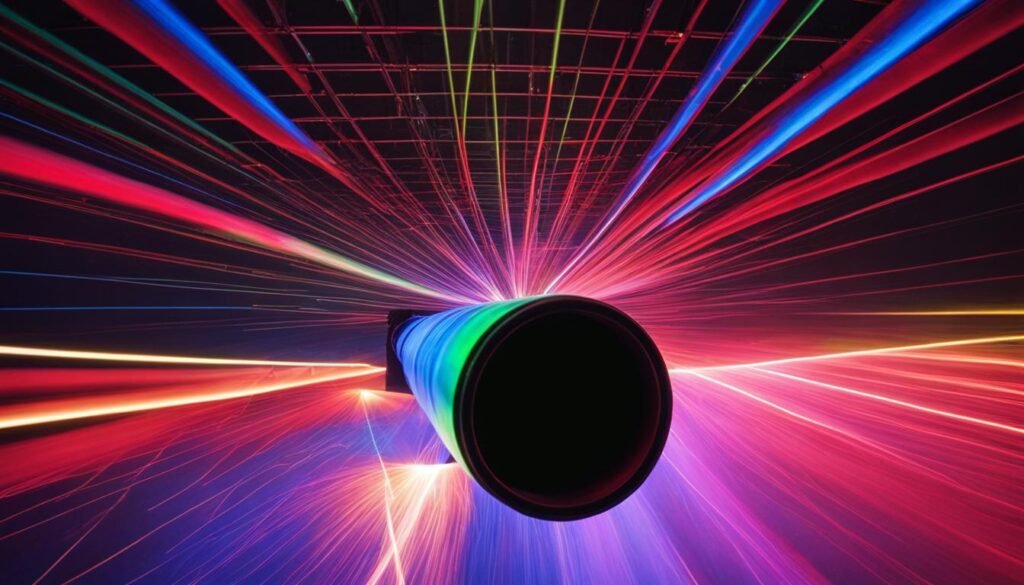Contents

Source: Humboldt-Universität zu Berlin
Spectral Quantities in Radiometry and Photometry
Introduction
In radiometry and photometry, spectral quantities play a crucial role in describing the behavior of light based on its optical frequency or wavelength. These quantities provide valuable insights into various properties of materials and objects, as well as the distribution of radiant flux over different optical frequencies or wavelengths.
Key Spectral Quantities
Some important spectral quantities include:
- Spectral Flux: Radiant flux per unit frequency or wavelength.
- Spectral Intensity: Radiant intensity per unit frequency or wavelength.
- Spectral Radiance: Radiance per unit frequency or wavelength.
- Spectral Irradiance: Irradiance per unit frequency or wavelength.
- Spectral Radiosity: Radiosity per unit frequency or wavelength.
- Spectral Exitance: Radiant exitance per unit frequency or wavelength.
- Spectral Exposure: Radiant exposure per unit frequency or wavelength.
- Spectral Luminous Flux: Luminous flux per unit frequency or wavelength.
- Spectral Luminous Intensity: Luminous intensity per unit frequency or wavelength.
- Spectral Illuminance: Illuminance per unit frequency or wavelength.
Integration and Conversion
By integrating these spectral quantities over all optical frequencies or wavelengths, integral quantities can be obtained. It is important to note that the conversion between frequency- and wavelength-related spectral quantities requires consideration of wavelength-dependent conversion factors.
Integrating a quantity over all wavelengths without accounting for the conversion between frequency and wavelength intervals can lead to incorrect results. The peak location of a spectral quantity in terms of optical frequency may not align with the peak wavelength, especially in cases of broad spectral distributions.
Conclusion
Understanding spectral quantities is essential in radiometry and photometry as they provide valuable information about the behavior of light. By utilizing these quantities and considering proper conversions, researchers can accurately analyze and characterize optical phenomena.

Source: SlidePlayer
Feel free to comment your thoughts.



